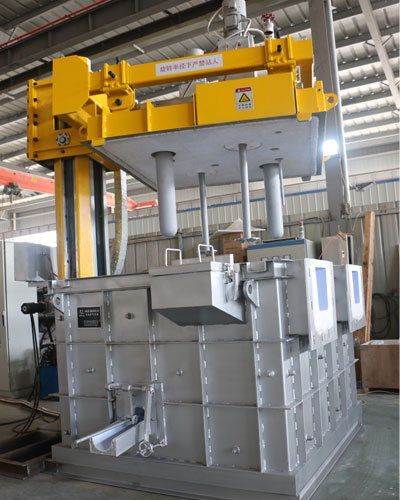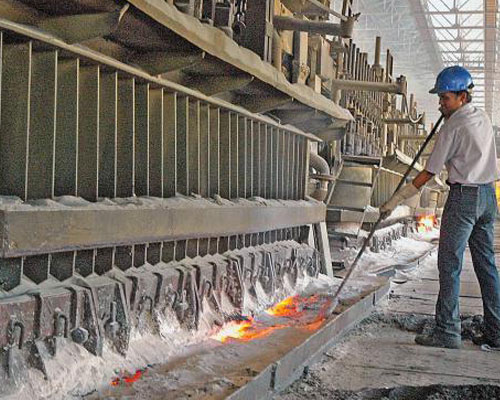During the casting production, the aluminum alloy melt is solidified in the mold. During the solidification of the aluminum alloy melt, the hydrogen atoms in the aluminum alloy melt spontaneously form hydrogen molecules, and the spontaneously formed hydrogen molecules and non-metallic inclusions The bubbles and inclusions formed for the nucleation base are the main reasons for the defects in aluminum alloy castings. Most of the impurities and gases in the aluminum alloy melt come from the recycled materials, such as the handle, runner, slag bag, scrap parts, etc., so the refining treatment of the aluminum alloy melt is essential. In recent years, people have paid more and more attention to the development of new aluminum alloy melt refining treatment methods and refining treatment devices.
At present, the refining treatment methods of aluminum alloy melt mainly include:
Foreign countries often use vacuum smelting and rotary spraying of inert gas to complete the purification and alloying treatment of aluminum alloy melt to achieve the purpose of refining aluminum alloy melt. Although the effect is good, the equipment investment is large, and it needs to be used. Special aluminum alloy melt degassing equipment, and the specific process operation is more complicated, it is not suitable for the refining treatment of large-capacity aluminum alloy melt.

The domestic method of refining aluminum alloy melt is usually to first melt the aluminum alloy in the melting equipment, then put the refining agent into the bell jar, and press the bell jar with the refining agent into the aluminum alloy melt of the melting equipment. However, due to the differences in the refining equipment and refining agents used, the quality of the aluminum alloy melt is poor. The refining device is a bell jar for ordinary refining agent. In refining, the bell jar only plays the role of containing the refining agent and stirring the aluminum alloy melt, and the refining agent cannot fully react with the aluminum alloy melt in the bell jar, resulting in a low effective utilization rate of the refining agent. Generally, the effective utilization rate of the refining agent does not exceed 50%, and during the refining process, due to improper refining operations, the resulting scum and other products may contaminate the aluminum alloy melt.

